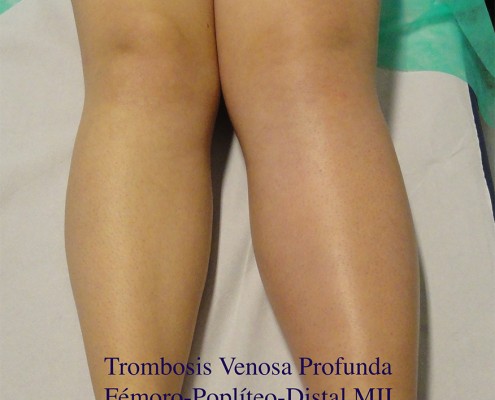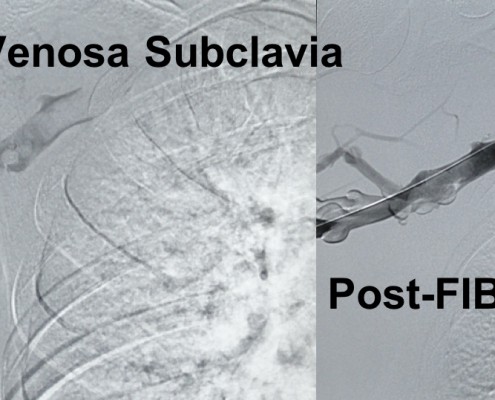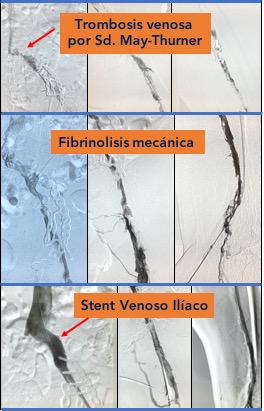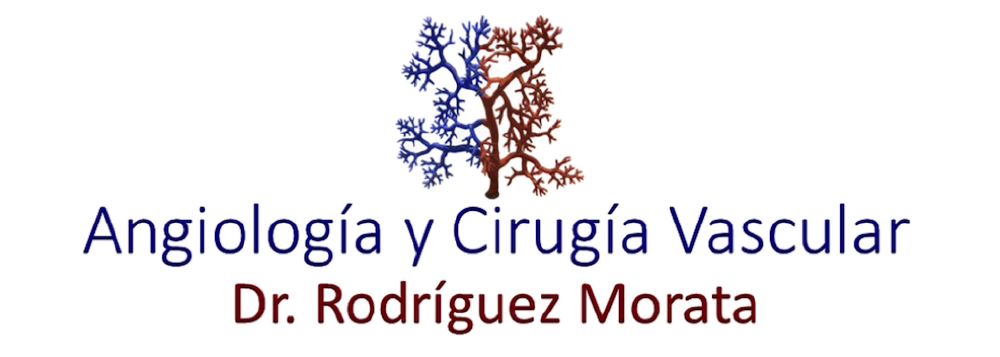This website uses cookies so that we can provide you with the best user experience possible. Cookie information is stored in your browser and performs functions such as recognising you when you return to our website and helping our team to understand which sections of the website you find most interesting and useful.
DEEP VEIN THROMBOSIS
Descripción
What is Deep Vein Thrombosis?
Deep vein thrombosis is the pathological thrombus formation inside the veins usually in lower limbs. It is actually a clinical entity which can encompass from minimal manifestations, to the opposite end, with development of thrombus embolisation, towards the pulmonary vascular tree, with fatal outcome sometimes.
Why does Deep Vein Thrombosis occur?
It is not always possible to get to know the cause, but in its etiopathogenic mechanism there is usually some blood characteristic pathology which makes it tend to hypercoagulability, or even a pathological compression of deep veins or thirdly, be due to the internal venous wall alteration itself.
How is Deep Vein Thrombosis treated?
First of all, by a correct diagnosis, that is to say, with appropriate imaging tests. A thrombosis which has not been confirmed cannot be treated, and neither a patient with a possible thrombosis can be left untreated until its existence is ruled out. And merely regarding symptomatology, up to half of the cases may go undetected. There are some analytic indicators which may help us to rule out deep vein thrombosis as well with high certainty, but if the clinical suspicion is considerable, the imaging test is mandatory.
The usual treatment is systemic anticoagulation to avoid the spread of the thrombus, pulmonary thromboembolism, its severe consequences and recurrence. The treatment can include combination of different guidelines as well as anticoagulation: fibrinolysis, recanalisation, even decompressive surgery in the case of upper limb thrombosis (Paget Schroetter syndrome.).






